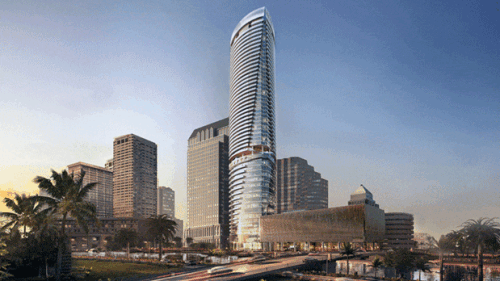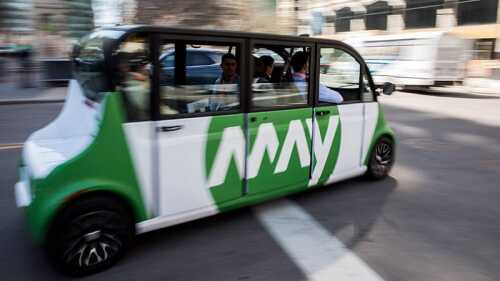New and Disruptive Technology
As is common in the infrastructure and regulatory world, economic analysis is increasingly being used in the real estate industry to provide quantifiable insights into the long-term outcomes of design and investment strategies related to owner, occupant, and community impacts. Companies are using evidence-based research to understand how changes in the workplace can have a direct impact on both employee well-being and bottom-line financials.
The global impact on human health and economic stability resulting from the COVID-19 outbreak is likely to quickly and dramatically elevate health and wellness as key factors influencing urban design and development as well as building management and operations, according to industry experts convened by ULI for a webinar on the impacts of the pandemic. The event was the first of a series of webinars being offered to explore how various aspects of the real estate industry are being affected by the virus and the industry’s response.
Panelists at the 2020 ULI Tampa Trends event said that smart parking and traffic sensors are already being incorporated into large projects, and Microsoft is funding the use of artificial intelligence at the University of South Florida’s medical school.
Members of ULI Europe’s Technology and Real Estate Product Council discuss the new council’s areas of focus, approaches to evaluating and implementing new technologies, ways to improve understanding between technology startups and the real estate industry, promising current and future technologies, and related trends.
Which emerging real estate technologies will become the must-haves, and which will be the near misses? You can take your chances on a $100 doorbell, but if you are investing millions in a property or trying to run a profitable business, you cannot afford to waste resources on fads. Those two questions—what are the unintended consequences, and which technologies have staying power—are themes running throughout this special issue of Urban Land.
The cover package for the 2019 Tech special issue is titled “Technology: Searching for practical solutions.” Other topics include “Smart Cities: Sidewalk’s Toronto,” “Transportation: From Scooters to Skyports,” and “Big Data: Putting Data to Work.”
No introduction required for the Empire State Building, likely the most famous office building in the world. Already an icon and a historic landmark, it is also becoming a symbol of the future, thanks to a showcase renovation that overhauled the bones of the 88-year-old structure, and ongoing efforts to implement ULI’s Tenant Energy Optimization Program (TEOP), the focus of a half-day event in that building in July.
The ULI Asia Pacific Leadership Convivium, held in Shenzhen in March, heard from a panel of real estate professionals in their 20s and 30s, explaining how the demands of the next generation of consumers and owners are changing real estate.
At ULI Arizona’s Trends Day in January, panelists talked about how revitalized public spaces—starting with parks and libraries but also including alleys, sidewalks, and roads—are helping make neighborhoods walkable and desirable.
Autonomous vehicles will remake cities in ways we are only beginning to imagine. Architects and planners have to envision structures now that will fit into that future.








